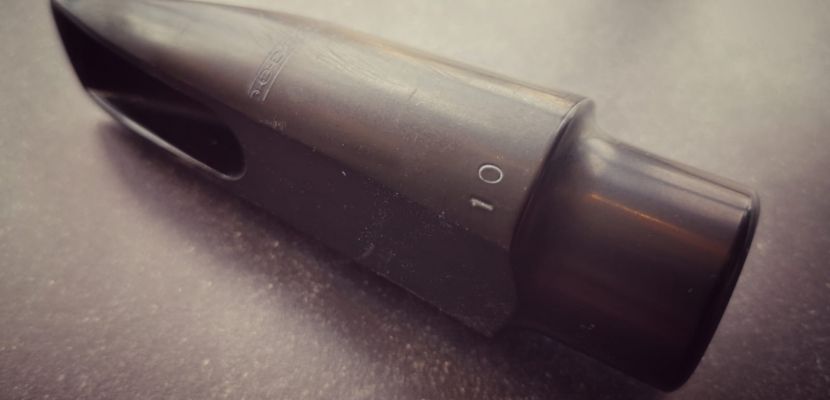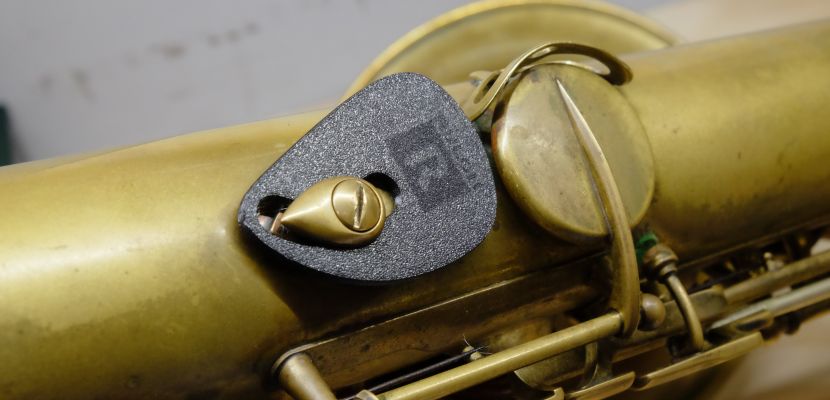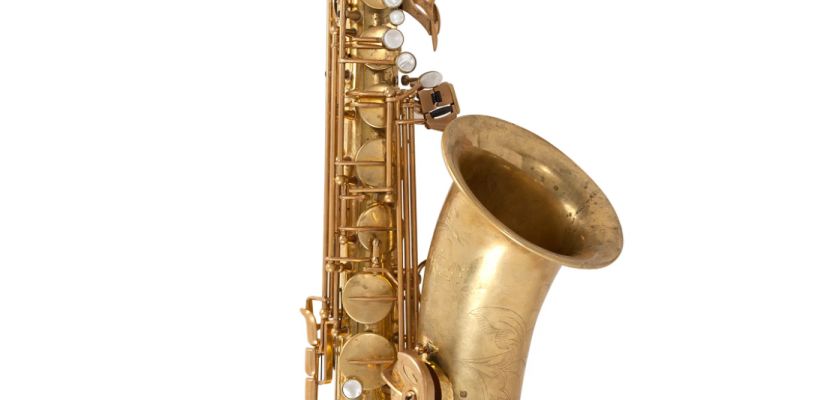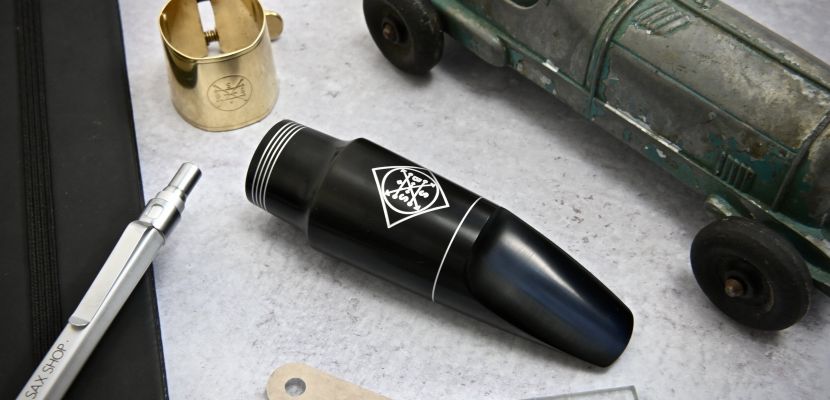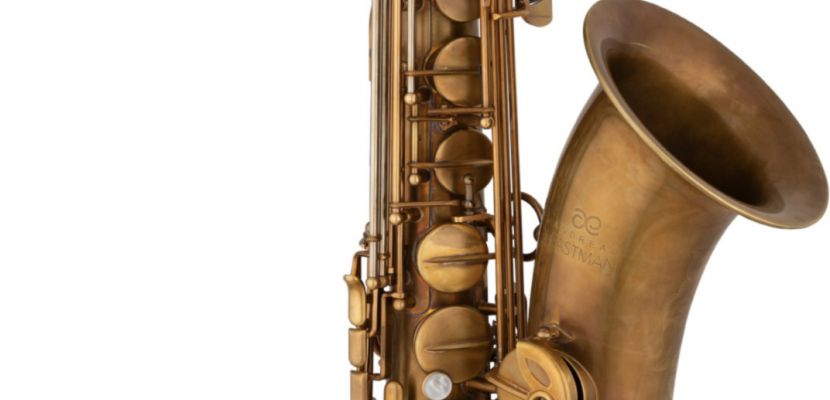The Big Tip-off
It's not just service industry workers that like big tips, there’s a certain ilk of sax player that favours them too, mouthpiece tip openings that is. And I don't mean big by historic standards of 7*+ ...I'm talking 9, 9*, 10....even bigger maybe? How big IS too big?
Enough innuendo, let me explain how this all came about.
As Chad Lefkowitz-Brown was packing down from a stellar performance in our shop last year I found myself asking that one cringey question that I promised myself I'd never ask a famous player.
Me: "Soooo Chad, what's your setup man?"
*vomit*
I didn't ask this because I had nothing better to ask him or was star struck and defaulted to basic geekery, I genuinely wanted to know how he gets such a rich sound whilst looking barely strained enough to pass even the softest of morning stools.
Chad: "custom Lebayle 10 and super soft reeds" ...whilst grinning as if he'd just told me a dirty joke.
(by soft he meant 2.5)
At the time I was playing a 7* tip on strength 3 reeds, but after a few months of Chad's words knocking around my vacuous head and the long-awaited arrival of Vandoren's large chamber T9 (about an 8*) I found myself on a reasonably 'wide and soft' setup, loving life, telling everyone I'd finally made it to tonehenge. But as with all addicts it just wasn't enough....I wanted more.
My name is Tom, and I'm addicted to big tips.
So it all started off fairly civilised with that Vandoren large chamber, but I just kept trying every gaping tip I could get my hands on...and loving almost every single one. Soon enough I found myself pulling link 9s off the shelf, ordering custom 130 tip slant copies and sending an assortment of mouthpieces to Ed Pillinger for re-facing with a carte blanche to go big. More recently I paid many hundreds of pounds for an 'early Babbitt’ Tone Edge 10 (actually measures more like a 9*) that may or may not have been previously owned and played by Jerry Bergonzi…(It definitely was).
Disclaimer: I don't think big tips are the only way to get a great sound, far from it (JC played a 6* right?) and anyone who has been mouthpiece shopping in our shop will know that I don’t encourage people to go for the biggest possible tip opening. But for me….so far…..2019 is all about big tips.
Recent encounters with players such as Paul Dunmall, Andy Sheppard and Bob Reynolds who I think all sound FANTASTIC make me think there really is something in the big tip theory, Bob plays an off the shelf 9, I’ve had a couple of huge links from Paul and Andy has pretty much admitted to me that there is no price he won't pay for an original Florida 10. The same goes for a bunch of lesser known local-ish players who have killer tone but I won't massage their egos by naming them ;)
So what's the actual science behind big tips? I don't really know, you probably need to ask a fine scholar like Ed Pillinger but my guess would be....a bigger tip allows more room for the reed to move about, resulting in a bigger, fatter tone...at least that's what it feels like. I'm not going to try to analyse it anymore than that because I will almost certainly be wrong in some way and I'm sure someone more knowledgeable than me will troll this blog with some science stuff that I can't repute.
It can't all be good can it? What's the downside?
Well, unless you've been playing 6 hours a day for the last 30 years you're going to find it initially quite hard to blow 8*+ tip with 'normal' 3ish kind of reeds. So you're gonna have to go real soft to begin with (I was on Rico 2 for quite a while) which is all good in the practise room butchering some transcriptions but when you find yourself on stage trying to compete with other instruments and amplification it turns out a strength 2 reed will last about 3 choruses and even when you push it during that time the tone thins out and defeats the object of choosing a big tip in the first place. But as with most things in music, time will prove victorious and after a few months of nursing your lip with some gateway softies you'll be back up to a more practical strength in no time. I’m currently on a Link 9 with a Hemke 3 which works really well (I might write another blog on Hemke... turns out they're boooooom).
Ok, so here's an imaginary Q&A style ending to this wildly subjective ramble as if I'm somebody who actually knows what they're talking about or should be of any sonic interest to you whatsoever.
Will a big tip opening make me a better sax player: No.
Does Andy Sheppard sound like a badass because he plays big tip openings: No, he sounds like a badass because he's a badass.
Is switching to a big tip going to thicken up my sound more than buying a vintage large bore American horn: I believe so (having done both).
If someone plays a huge tip are they in some way tougher than me....or a more accomplished player?: No, I've met enough people who brag about their huge tip openings but still sound like an angry goose being stabbed in the face.
Can I get a thick, full tone without a big tip opening: of course, with enough practise you can pretty much sound however you like with whatever setup (Something I heard Geoff Simkins say once).
How big is too big?: I'll let you know when I get my first hernia.

